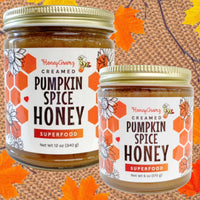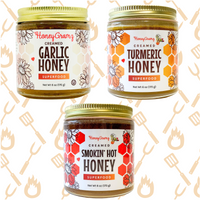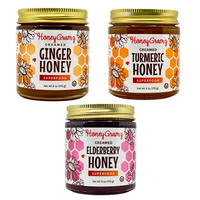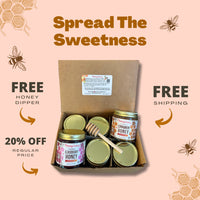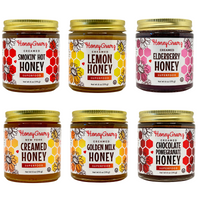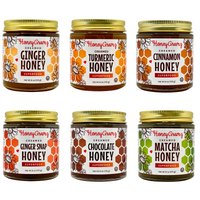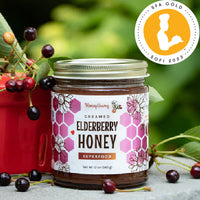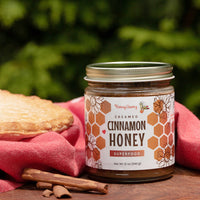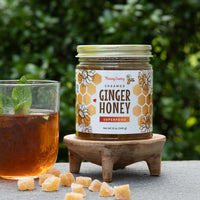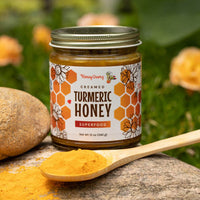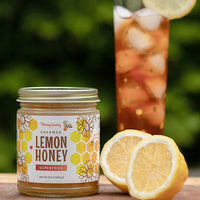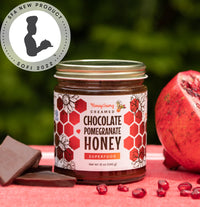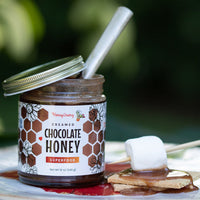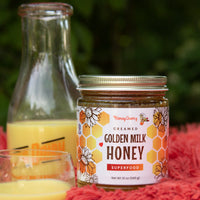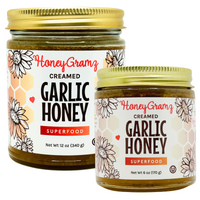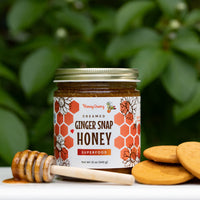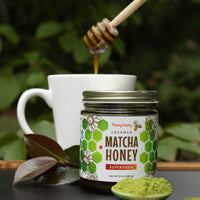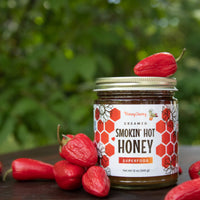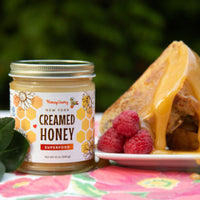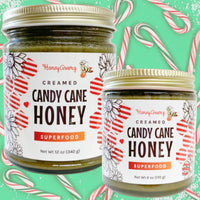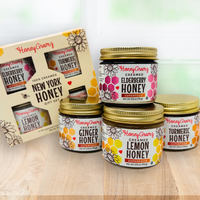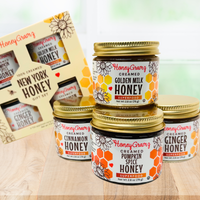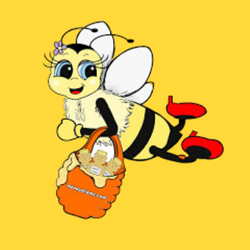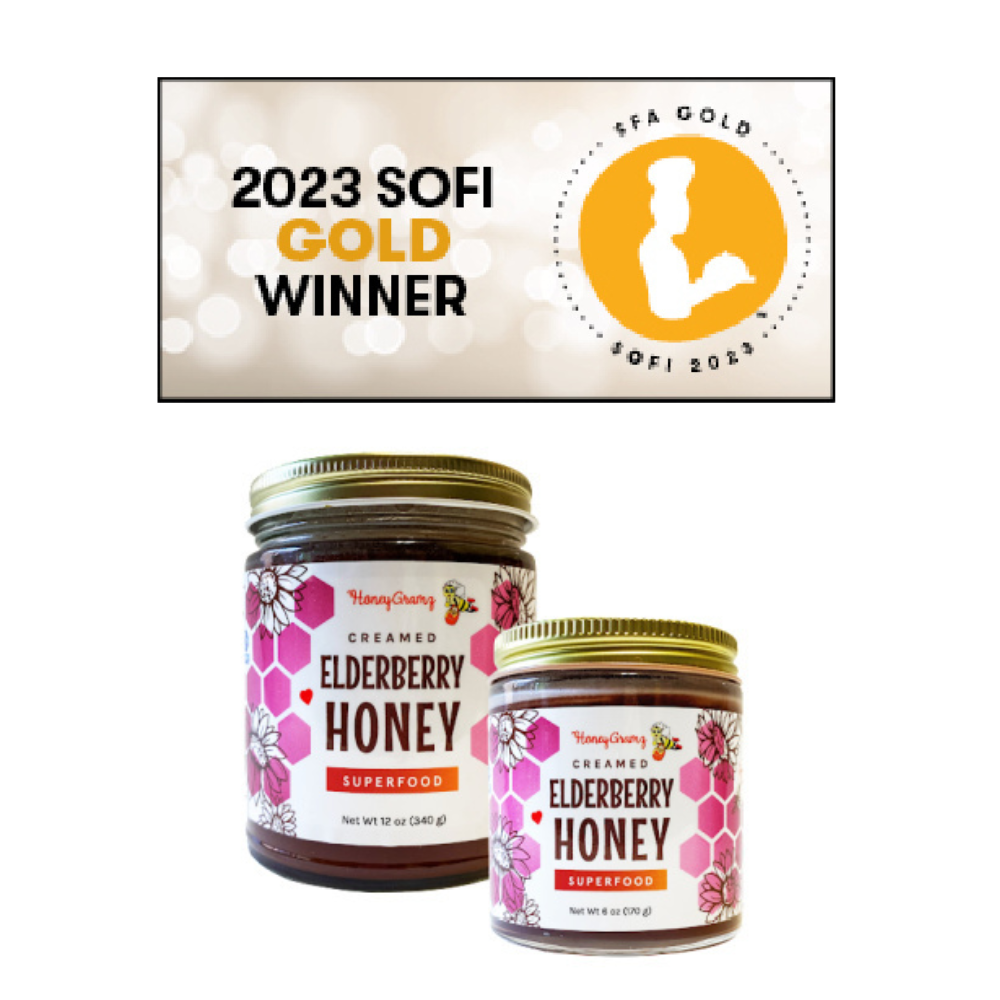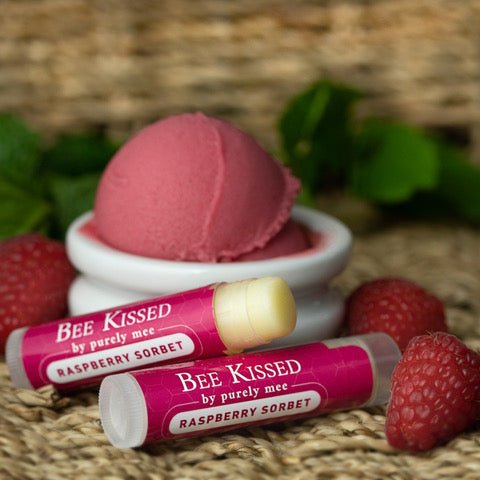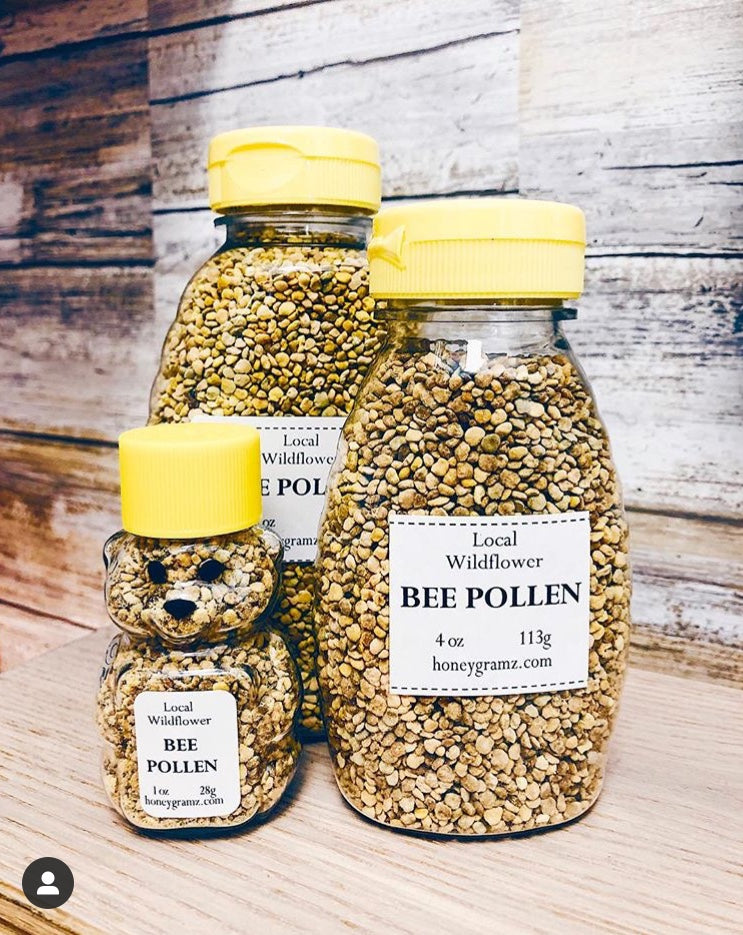
Birds, bees, and butterflies are some of the most common pollinators in our garden. Moths, dragonflies, and bats are also frequent visitors. A garden can be large or small, even a single potted plant can be discovered by pollinators. The easiest way to create an oasis for our pollinator friends is to plant flowers they love. Pollinators are essential for approximately 70% of fruits and vegetables we eat as pollination must occur in order to bear fruit.
Perennials are flowers that bloom yearly without replanting. They are my favorite because it takes minimal effort to have a beautiful garden. They are super easy to maintain once planted and reliable for their eye catching blossoms and fragrances to attract pollinators. These plants fill the garden with beauty and purpose for all to enjoy. There are too many to list but some of our favorite plants in zone 7 in the NYC area are:

Aster
Beebalm (Monarda)
Catmint (Nepeta0
Coneflower (Echinacea)
Feverfew (Tanacetum parthenium)
Lavender (Lavendula)
Blazing Star (Liatris)
Milkweed (Asclepia)
Phlox (Phlox divariata)
Saint John’s-wort (Hypericum)
Stonecrop (Sedum)
Shasta daisy (Leucanthemum)
These are all prolific and easy to transplant to share with friends.
Annuals are plants that have only one growing season, therefore, must be replanted yearly. I plant annual flowering plants as fillers to complement my perennials. This gives the garden a lush look and offers a nice variety for pollinators. At the end of the growing season, it’s wise to collect the seeds from these plants and save for next year’s planting.
There are many annuals to choose from and most of the fruits, vegetables, and herbs fall in this category. Some easy to grow annuals are:

Basil
Calendula
Chamomile
Cilantro (Coriander)
Cosmos
Cucumber
Lettuce
Pepper
Squash
String beans
Sunflower (Helianthus)
Tomato
A diverse selection of perennials and annuals would certainly attract many different types of pollinators to your garden. Pull over a seat and have your camera ready. Enjoy the calmness and the sounds of nature as you capture the pollinators in action.
